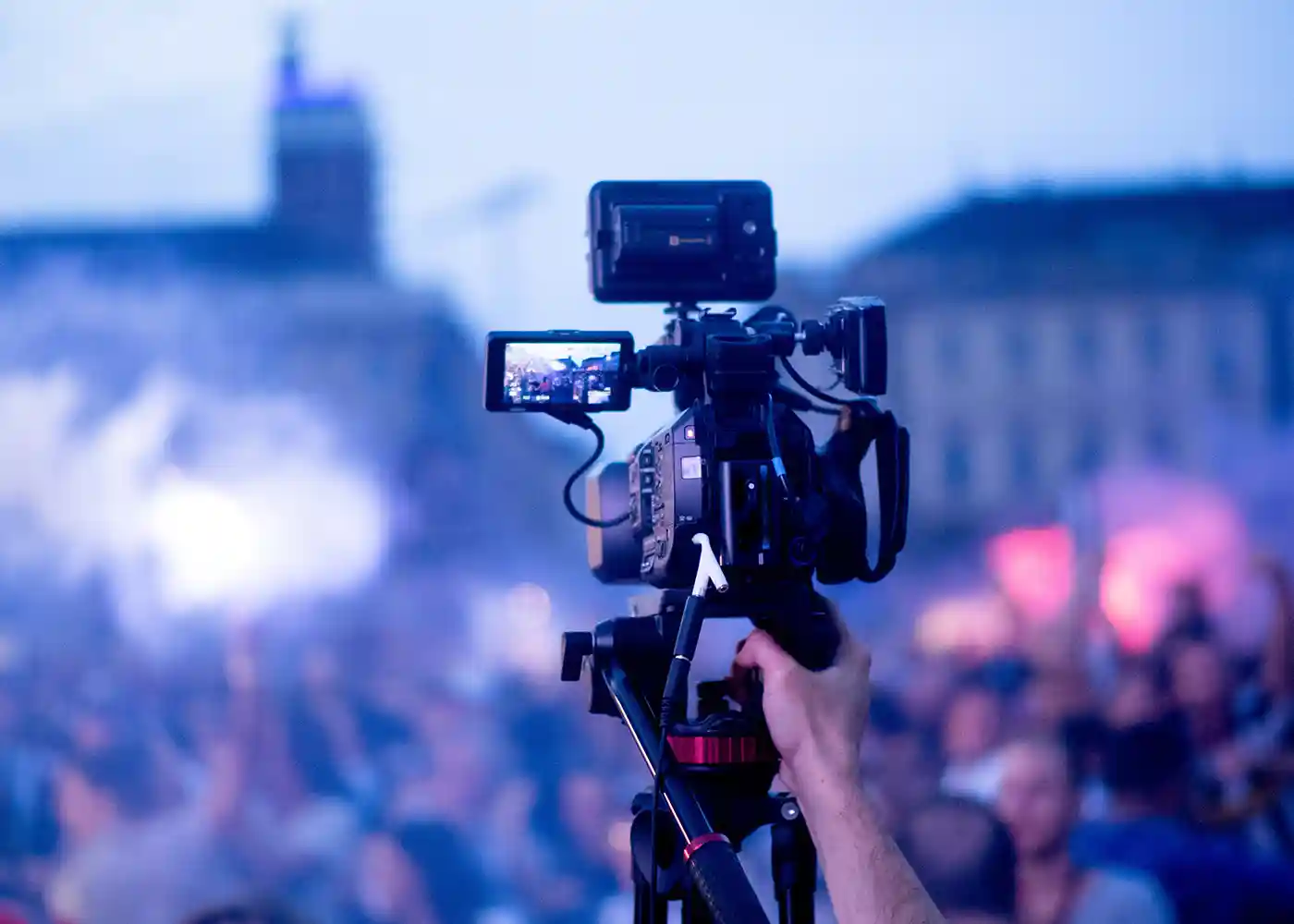Multi camera video production is an excellent way to capture
live events, concerts, TV shows, and webcasts. However, it requires careful
planning, preparation, and execution to get the best results. Shooting multi camera
video production can be challenging, but following a few simple tips can help
ensure that the final product is seamless and professional. In this article,
we'll discuss three tips you must know before shooting a multi camera video production.
Understanding Multi-cam Video Production
Before shooting a multi camera video production, it's
important to understand what it is and how it works. Multi camera video
production involves shooting from multiple cameras at the same time to capture
different angles of the same scene. This type of production is often used in
live events such as concerts, theater performances, and sports events. The main
advantage of multi camera video production is that it allows you to capture
more angles of the same scene and gives you more flexibility in
post-production.
1. Plan Your Shots Ahead of Time
The first and most important tip is to plan your shots ahead
of time. Planning is crucial when it comes to multi camera video production.
Before you start shooting, you need to create a storyboard or shot list that
outlines the shots you want to capture. This will help you to stay organized
and ensure that you don't miss any important shots. You should also consider
the location, lighting, and other factors that may affect the shoot.
Multi camera video production requires careful planning,
especially when you are capturing live events or performances. Here are three
things you should consider when planning your shots:
- Choose Your Cameras and Camera Operators
Choose your cameras and camera operators based on the type
of video production you are shooting. For instance, if you are filming a
concert, you might want to use a combination of stationary cameras and handheld
cameras to capture different angles and shots. Similarly, if you are filming a
sporting event, you might want to use a combination of close-up cameras and
wide-angle cameras to capture the action from different perspectives.
- Create a Shot List
Setting up the shot is also critical when shooting a multi camera
video production. You need to ensure that all the cameras are set up correctly
and are capturing the shots you want. You should also consider the angles of
the shots and how they will work together in post-production.
Create a shot list that outlines the different shots you
need to capture during the video production. This will help you stay organized
and ensure that you capture all the important moments. Your shot list should
include information about the camera placement, framing, and movement.
- Rehearse the Shots
Rehearsing the shots beforehand can help you identify any
potential problems and ensure that everything runs smoothly during the video production.
It's essential to have a rehearsal with your camera operators, audio engineers,
and other crew members to make sure that everyone is on the same page.
2. Set Up Your Video Production Properly
The second tip is to set up your video production properly.
A well-designed video production setup is essential for achieving high-quality
results. Here are three things you should consider when setting up your video production:
- Create a Signal Flow Diagram
Create a signal flow diagram that shows the path of audio
and video signals through your video production setup. This will help you
identify any potential issues and ensure that all the audio and video production
signals are routed correctly.
- Choose Your Audio Sources and Mixers
Capturing audio is just as important as capturing video when
shooting a multi camera video production. You need to ensure that all the
cameras are capturing high-quality audio that will sync up correctly in
post-production. You may need to use external microphones or a separate audio
recording device to ensure that the audio is clear and consistent.
Choose your audio sources and mixers based on the type of video
production you are shooting. For example, if you are filming a concert, you
might need to use a combination of microphones and mixers to capture the sound
from different instruments and performers.
- Set Up the Control Room
Set up the control room where the director and other crew
members will monitor the live feed from the cameras. It's essential to have a
dedicated control room to ensure that everyone can communicate effectively and
make any necessary adjustments during video production.
3. Communication is Key
The third tip is to communicate effectively during video production.
Communication is essential for ensuring that everyone is on the same page and
that the video production runs smoothly. Here are three things you should
consider when communicating during video production:
- Use Clear and Concise Language
Use clear and concise language when communicating with your
crew members. Avoid using technical jargon and jargon that might confuse people
who are not familiar with the video production process.
- Use Headsets to Communicate
Use headsets to communicate with your camera operators and
other crew members. This will allow you to talk to them without disturbing the
production or the performers.
- Designate a Director
Directing the shoot is another critical aspect of multi camera
video production. You need to ensure that all the cameras are capturing the
shots you want and that the talent is performing as expected. You should also
be prepared to adjust on the fly if something isn't working out as planned.
Designate a director who will be responsible for
coordinating the shots and communicating with the crew members. The director
should be someone with experience in multi camera video productions and have
excellent communication skills.
Conclusion
Shooting a multi camera video production requires careful
planning, preparation, and execution. Following the tips outlined in this
article can help ensure that the final product is seamless and professional.
Remember to plan your shots ahead of time, set up your video production
properly, and communicate effectively with your crew members. If these are done
properly; shooting a Multi camera video production shouldn’t turn out to be a
complicated or expensive process.







